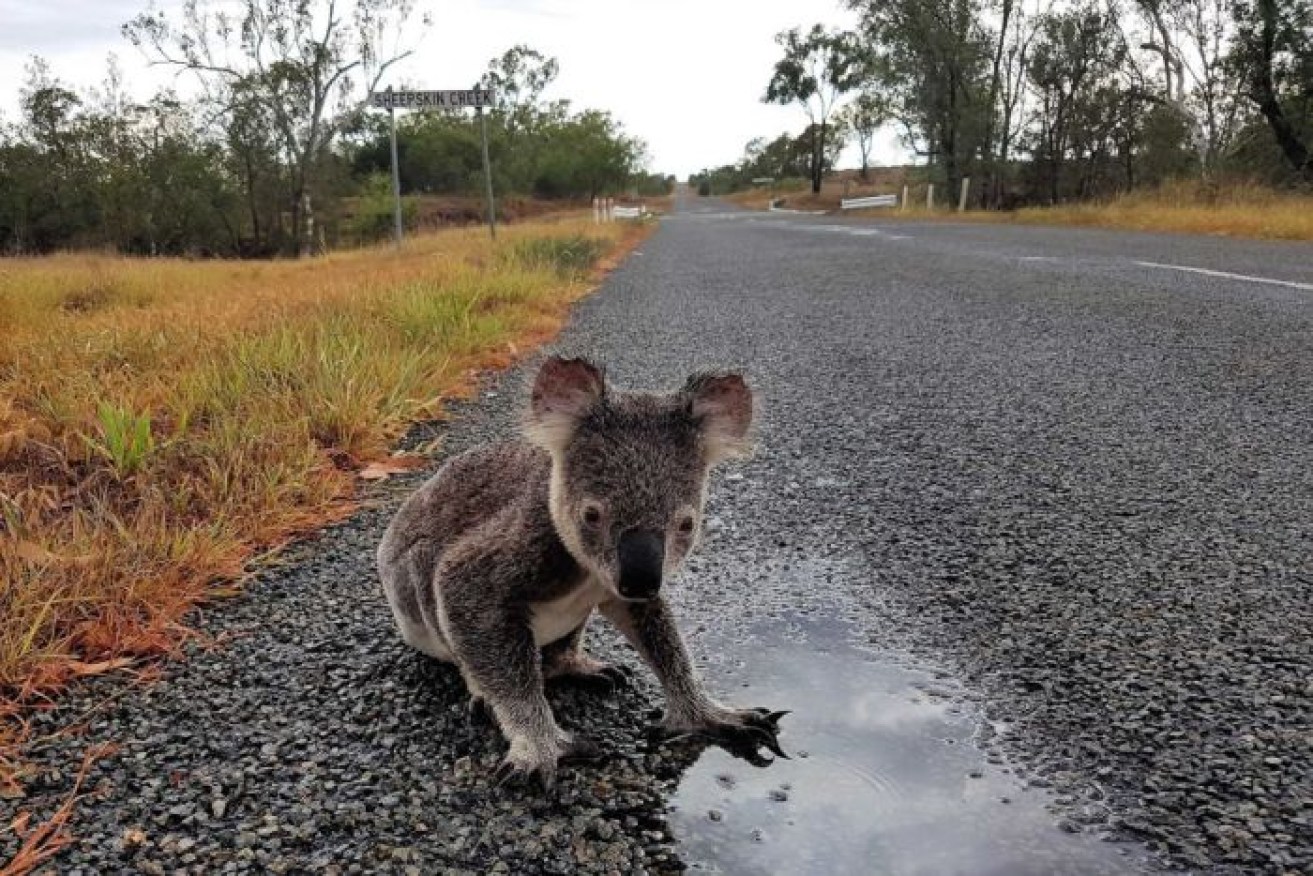Australia world’s second-worst offender for biodiversity loss

Koalas are one species under pressure in Australia. Photo: WWF
Australia is one of seven countries responsible for more than half of global biodiversity loss, according to a study published today.









